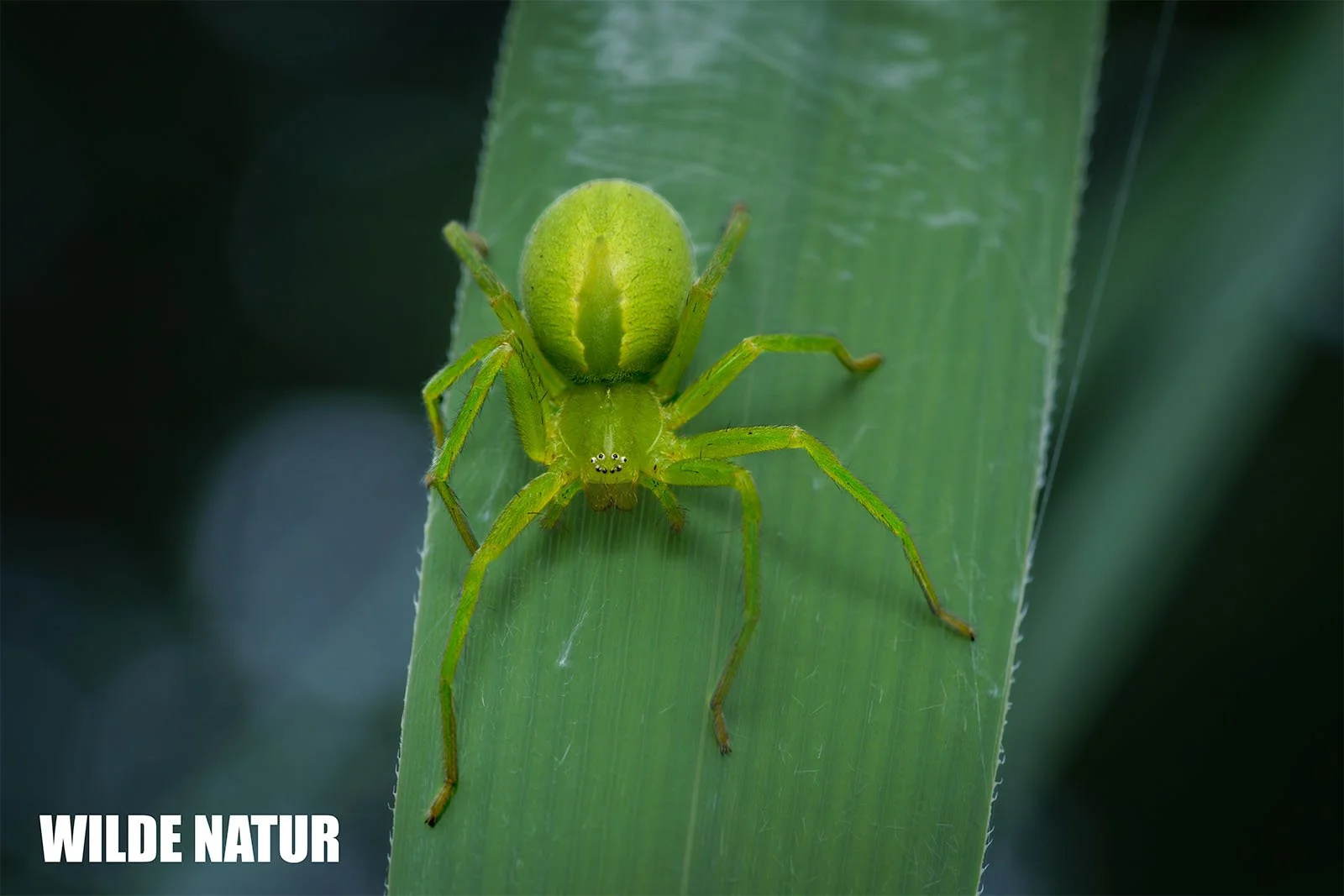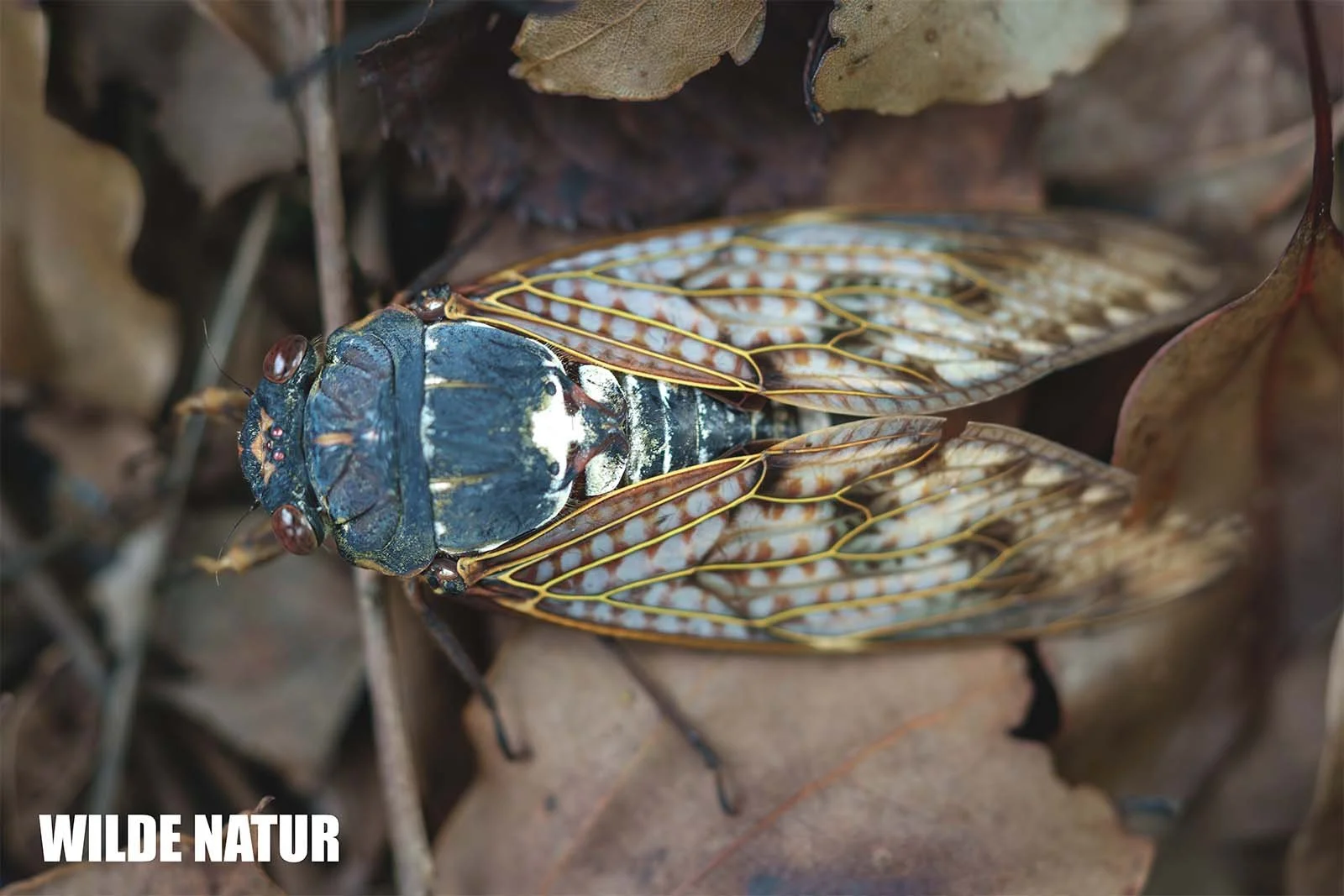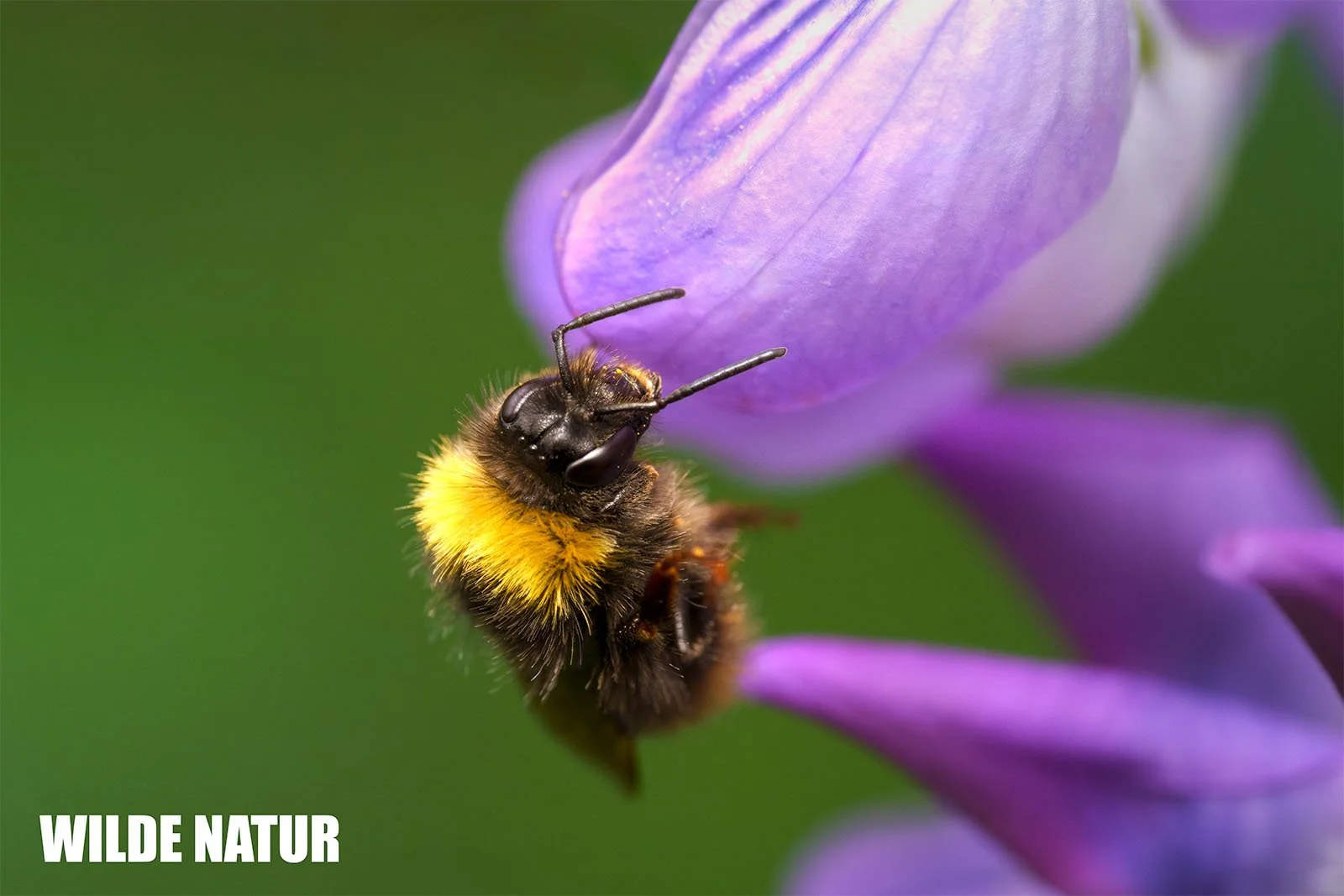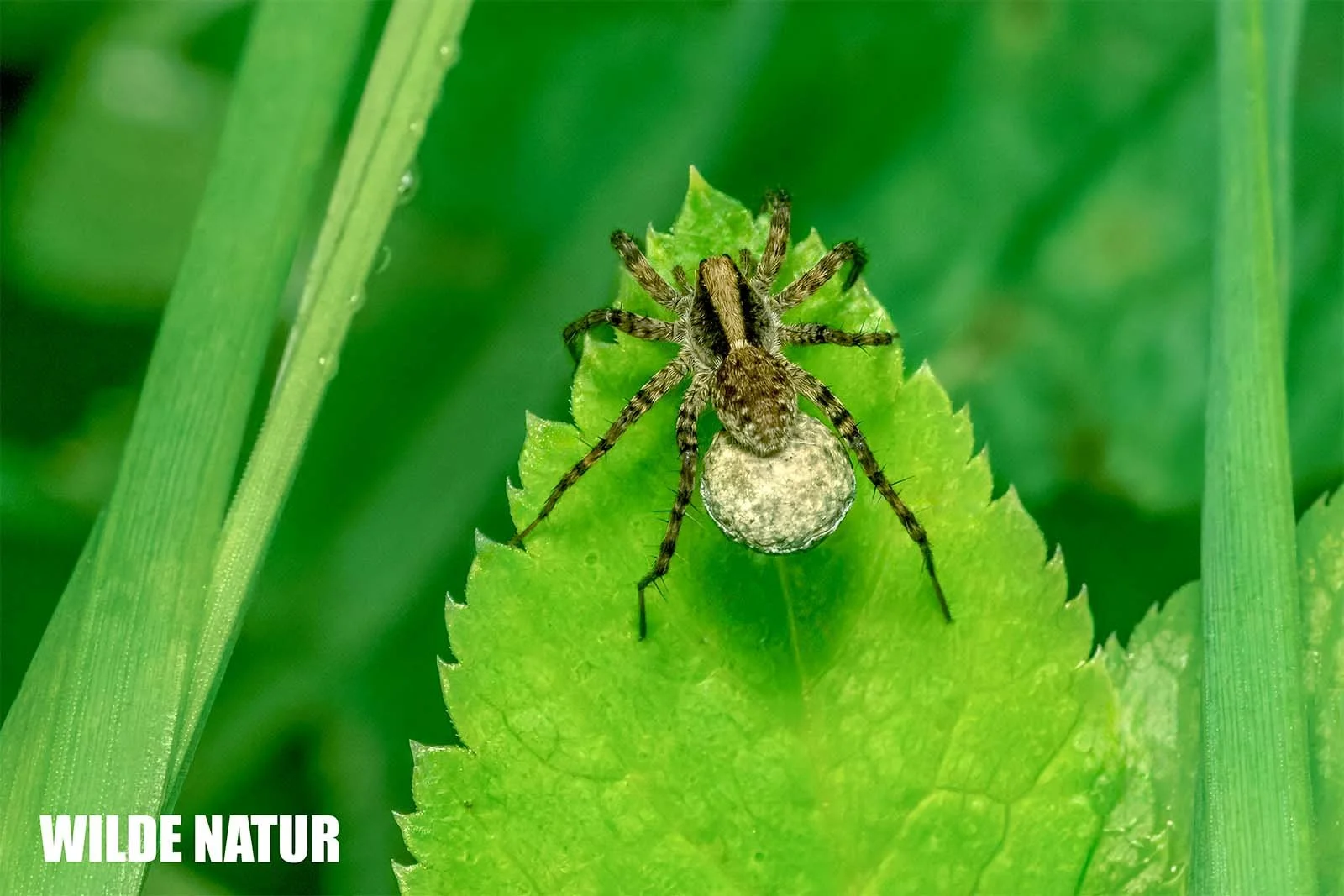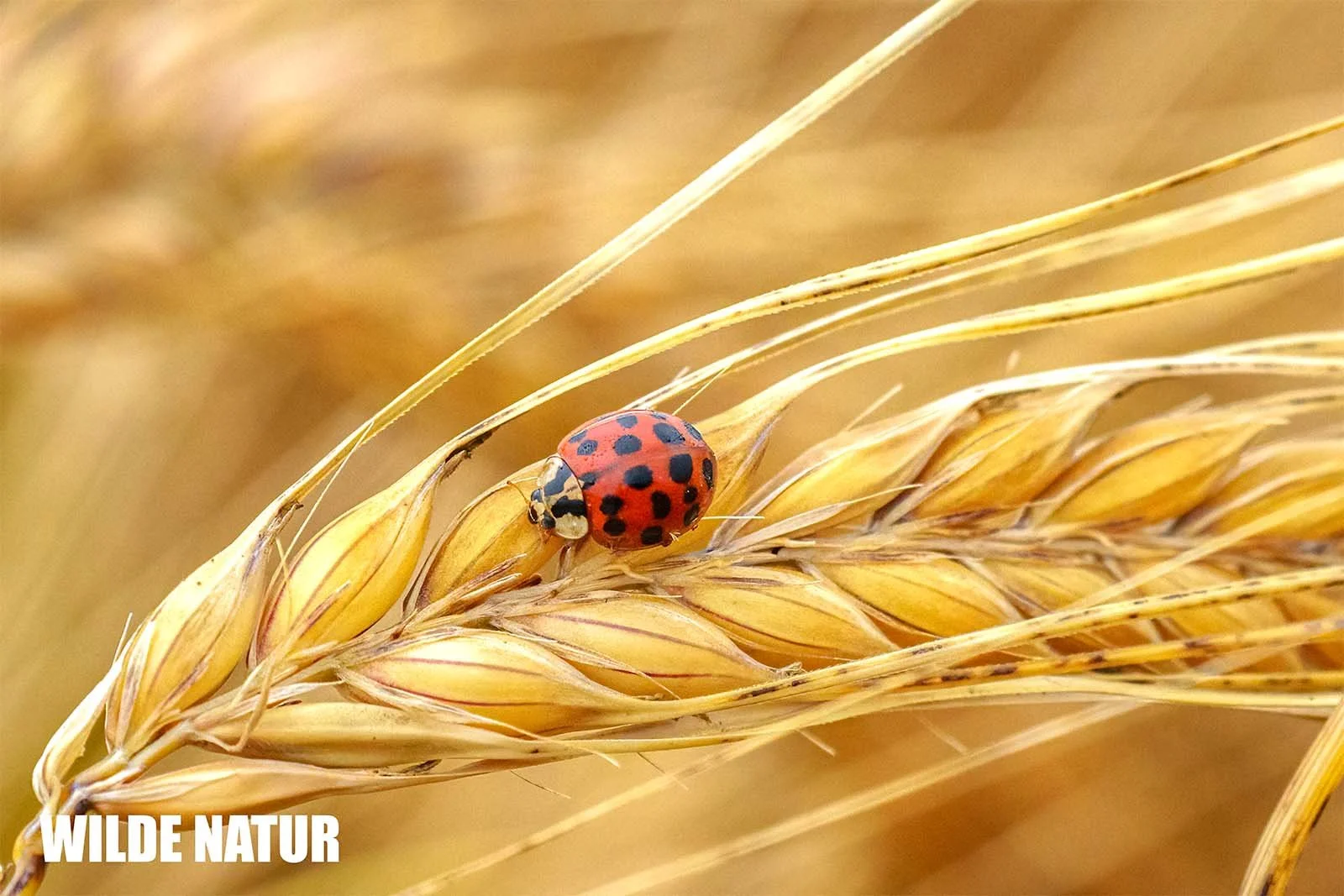Small Copper (Lycaena phlaeas)
Small Copper (Lycaena phlaeas)
Small Copper: The Glowing Jewel of the Meadows
The small copper (Lycaena phlaeas) is a brilliantly orange day-flying butterfly of Central Europe. Discover everything about its appearance, diet, lifestyle, and distribution.
Key Facts
- Wingspan: 22–27 mm
- Coloration: bright orange with a dark border
- Diet: nectar (adults), sorrels (caterpillars)
- Flight period: April–October
- Generations: 2–3 per year
- Overwintering: as a young caterpillar
- Habitat: dry meadows, roadsides, poor grasslands
- Distribution: Europe, Asia, North Africa, North America
- Status: not threatened
- Scientific name: Lycaena phlaeas
- German name: Kleiner Feuerfalter
- Lifespan: a few weeks per generation
Table of Contents
- Introduction
- Appearance
- Characteristics
- Diet
- Reproduction and Life Cycle
- Seasonal Behavior
- Distribution and Range
- FAQ
- Conclusion
Introduction
The small copper is one of the most striking yet common butterflies of our meadows. With its fiery orange wings, it skims low over the ground on warm days, tirelessly visiting flowering plants.
Small, resilient, and a true survivor, it is a symbol of how adaptable our native insects can be.
Appearance
The small copper belongs to the gossamer-winged butterflies (Lycaenidae). Despite its modest size, its vivid coloration makes it instantly recognizable.
Upper side:
- Forewings: bright orange with a broad dark brown margin and black spots.
- Hindwings: dark brown with an orange submarginal band.
Underside:
- Grey-brown with fine black dots — ideal camouflage on dry soils.
Body:
- Short, sturdy, with grey hairs.
- Antennae black and white banded.
- Eyes black and glossy.
Size:
- Wingspan: 22–27 mm
- Body length: about 10 mm
In flight it is quick and agile, keeping close to the ground and rarely staying on a flower for long before darting off again.
Characteristics
- Vivid orange forewings with a dark border
- Strong contrast between upper and underside
- Subtle, spotted grey-brown underside
- Distinctive banded antennae typical of lycaenids
- Favors sunny, open sites
- Also common in urban areas
With its compact shape and lively flight, the small copper is easy to identify — and hard to overlook.
Diet
The small copper is a typical nectar feeder, visiting a wide range of wildflowers.
Adults:
- yarrow
- dandelion
- red clover
- thyme
- thistles
- buttercups
Caterpillars:
- Sheep’s sorrel (Rumex acetosella)
- Common sorrel (Rumex acetosa)
Caterpillars usually feed on the undersides of leaves. Their green coloration makes them almost invisible.
Reproduction and Life Cycle
Females lay tiny white eggs singly on the underside of host-plant leaves.
Stages:
- Egg: rounded, finely textured, laid singly.
- Caterpillar: pale green with a dark dorsal line, short-haired.
- Pupa: hidden at ground level among moss or leaf litter, greenish to brown.
- Emergence: adults hatch after 1–3 weeks.
Generations:
- Two to three generations per year in Central Europe.
- The final generation overwinters as a young caterpillar, sheltered in soil or low vegetation.
This strategy enables the small copper to survive colder seasons and reappear early in spring.
Seasonal Behavior
A classic sun-loving butterfly, the small copper flies from April to October, and in warm years into November.
- 1st generation: April–June
- 2nd generation: July–August
- 3rd generation: September–October
It prefers sunny, sheltered spots and open, dry habitats. You can see it regularly even along roadsides and in city parks.
Distribution and Range
Lycaena phlaeas is widespread across the temperate zone of the Northern Hemisphere.
Range:
- All of Europe
- Asia (to Japan and Siberia)
- North Africa
- North America
Habitats:
- Nutrient-poor grasslands and dry/semi-dry meadows
- Embankments, verges, fallows
- Gardens, parks, dunes, and heathlands
The small copper is not threatened and is one of Europe’s most common butterflies. It benefits from open landscapes and thrives even in human-influenced areas.
FAQ
How do I identify the small copper with confidence?
By the orange forewings with a dark border and the brown hindwings with an orange band.
When can it be seen?
Between April and October, and into November in mild weather.
What does it feed on?
Adults take nectar from many wildflowers; caterpillars feed on sorrels (Rumex spp.).
How does it overwinter?
As a young caterpillar in soil or among near-ground vegetation.
Is the species threatened?
No. The small copper is adaptable and occurs in many habitats.
In Short
The small copper is a prime example of natural beauty in miniature.
It combines brilliant color with resilience and shows that even small creatures play a big ecological role.
As a nectar-seeking adult and a sorrel-feeding caterpillar, it helps sustain meadow ecosystems — a true ember of nature glowing across our landscapes.





